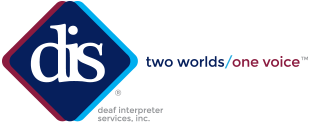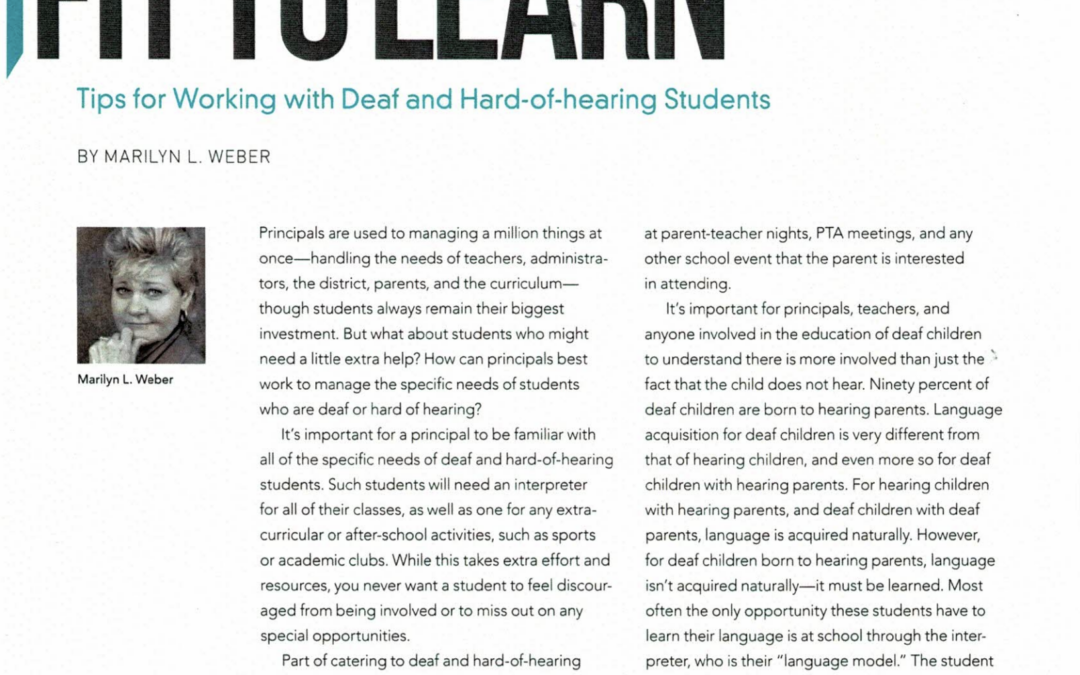This past April, American Sign Language celebrated its 200th birthday. With this major milestone, it is a great time to remember its history, and recognize the impact this language has had on the 250,000-500,000 people who use it in the United States today.
The lack of educational programs available for deaf children came to the attention of Reverend Thomas Hopkins Gallaudet in 1817. One afternoon, the reverend tried to talk to his 9-year-old deaf neighbor, Alice Cogswell, but quickly realized that the ways in which they could communicate with one another were limited. After this interaction, Gallaudet became fascinated with the idea of bringing an understanding of Deaf culture into the country and helping deaf individuals better communicate with society.
Gallaudet went to Europe to meet with deaf educators and learn how members of their deaf communities interact. While on this trip, he met Laurent Clerc, a French teacher who taught at the first known Deaf school in the world, Institution Nationale de Sourds-Muets. Gallaudet was able to convince Clerc to leave France and make the journey back to America with him to establish a school and an education program for deaf American children.
On April 15, 1817, Clerc and Gallaudet opened their school in Hartford, Connecticut, known today as the American School for the Deaf. This school quickly became a melting pot for the different communication techniques previously established in various parts of the world, which all helped lay the groundwork for ASL. Some of these practices included, the signs Deaf communities around the East Coast used, the manual alphabet developed by a Spanish Monk, and French Sign Language brought to the school by Clerc.
Today, ASL is one of the most widely used languages in America. With the growing number of the population that uses sign language to interact, it is surprising how the remainder of the population’s lack of understanding on the basics of ASL remains stagnant.
There are several common misconceptions that hearing people have regarding what deaf individuals are capable to understand, as well as an assumed similarity between English and ASL. The two are completely different languages with their own rules for pronunciation, word order and even grammar.
The National Institute on Deafness and Other Communication Disorders break down the basis of ASL in a very clear way, “ASL is a complete, complex language that employs signs made by moving the hands combined with facial expressions and postures of the body.”
Understanding the major differences in the two languages can begin to help bridge the language barrier, which frequently occurs between the Deaf and the hearing. Gaining awareness on how to properly communicate with the Deaf, the services that are available to help both sides with the conversation, as well as the devices that can be used are all techniques that can help prevent miscommunication from occurring in the first place.
In honor of the bicentennial celebration of ASL, challenge yourself to learn some signs! Now is as good a time as ever. Check out this National Association for the Deaf article for ideas of places to begin learning sign language in your community.



